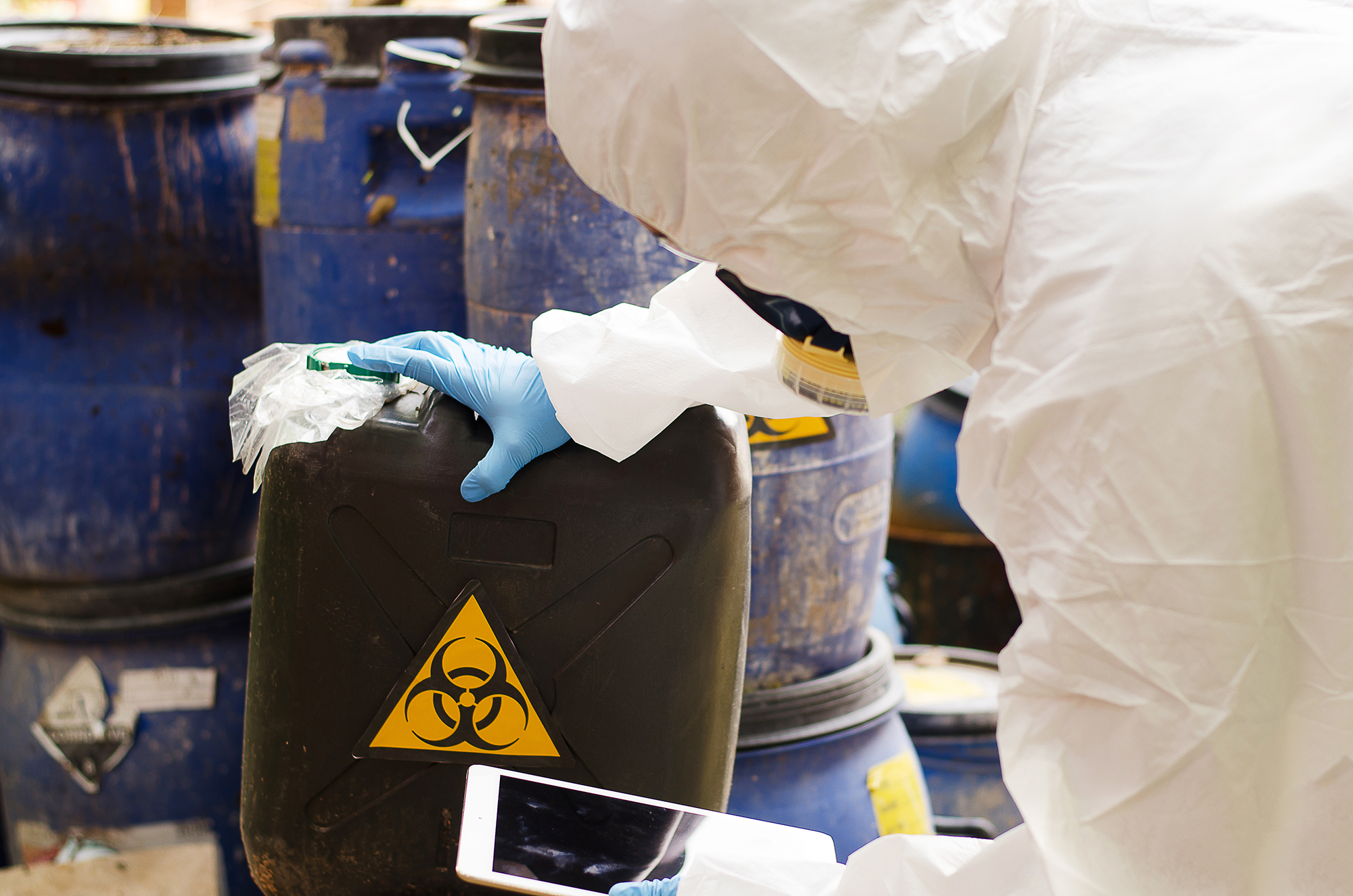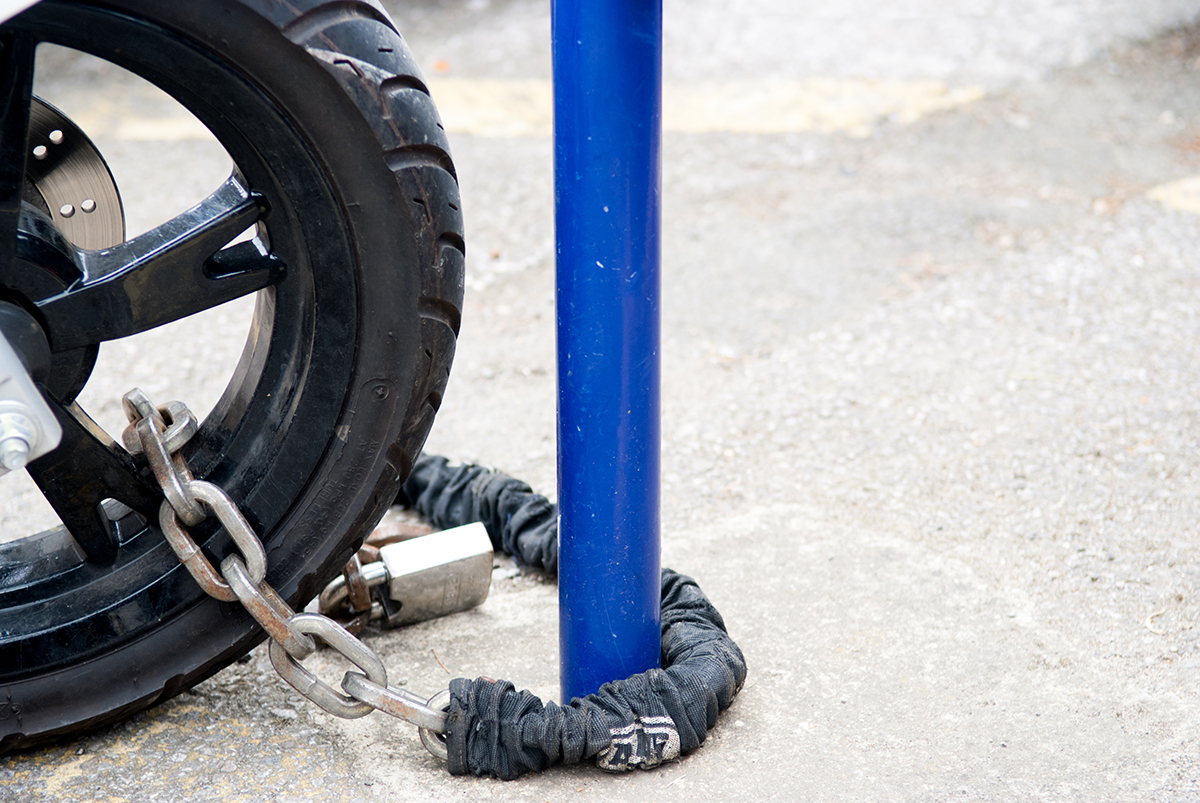Learn everything you need to know about handling hazardous materials safely, whether at home or at work
As the name suggests, there’s always a risk when handling hazardous materials…
But when you take the proper safety precautions, you can minimize the likelihood of accidents and injuries.
Whether you work in an industrial setting, a lab, or you’re simply using chemicals at home, it’s crucial to understand how to properly use these substances.
In the guide below, you’ll learn the ins and outs of handling hazardous materials, with practical tips to help keep you and those around you safe.
Identify & Assess
The first step to handling hazardous materials is identifying the substance you’re working with, so you can assess the risks associated with it. As you can imagine, the way you handle a flammable substance differs from how you would a corrosive chemical.
Depending on what you’re working with, everything from the required personal protective equipment (PPE) to storage procedures can differ widely.
Luckily, hazardous material containers typically have labels with safety risks and instructions to guide you on how to use them properly.
Before handling hazardous materials of any kind, always check the label and follow the guidelines to a T to reduce the risk of mishaps.
Handling Hazardous Materials Safely
Once you’ve read the label and intended use for your hazardous material, it’s time to suit up with the proper PPE.
Depending on what you’re using, you may need gloves, a mask, goggles, a lab coat, or even a full protective suit.
To avoid accidents or unwanted chemical reactions, it’s absolutely vital to use these substances only as intended. And make sure to grab a drink or snack before you get started, because you should never eat or drink while handling hazardous materials.
Practice Safe Storage
Whether at home or at work, proper storage is key to preventing hazardous materials from overheating, catching fire, spilling, and corroding through containers.
For example, flammable substances should be kept away from heat sources or high-temperature areas. Corrosive chemicals must be stored in containers made specifically to resist their caustic effects. And to reduce the risk of containers toppling over and spilling, avoid stacking them on top of each other or placing them on unstable surfaces.
It’s also important to ensure your storage areas have the proper ventilation for hazardous materials that create potentially harmful vapors.
Not sure how to store something? You’ll typically find instructions for proper storage on the container label. If you’re handling hazardous materials at work, be sure to follow the established procedures for safe storage.
After Handling Hazardous Materials
Even if it’s something as tame as paint, it’s crucial to thoroughly wash your hands and all areas of your body that came into contact with the hazardous material with soap and water.
It’s also essential to clean your work area to minimize the risk of contamination.
Proper Disposal
When you properly dispose of hazardous waste, you don’t just protect yourself and those around you. You protect the environment as well.
Careless disposal can contaminate the soil and water supply, which can harm both humans and wildlife. Depending on where you live, your local area will have different disposal guidelines and regulations for items like oil and gas containers, paint cans, batteries, etc.
To ensure you dispose of these items correctly, do some research to find the specific instructions for your area and local hazardous waste disposal centers. Your community will thank you!
Learn & Follow Emergency Procedures
Unfortunately, the best we can do is minimize risk. Despite our best efforts, accidents still happen. But when you know how to respond in an emergency involving hazardous materials, you can quickly and efficiently handle the situation and mitigate the damage.
This is where familiarizing yourself with the material you’re working with comes in handy. When you know the risks, you can prepare for them and respond accordingly if something goes wrong.
For example, if you’re working with chemicals in an industrial setting, it’s crucial to ensure there are working safety showers or cleaning facilities close by.
Plus, a strong understanding of evacuation procedures will help you quickly alert your fellow coworkers and allow them to move to a safe distance in the event of a spill, fire, or violent chemical reaction.
Once everyone’s safe, you can report the incident to management and start the cleanup process.
Preparation is the Best Defense
When handling hazardous materials, the best way to prevent accidents is to educate yourself and take the recommended precautions.
By following the steps in this guide, you can confidently navigate the potential risks and keep your home and workplace safe.
For hazardous material-related accidents and injuries, fast emergency response is crucial. With just two taps on your smartphone or Apple Watch, the Rescu app lets you instantly dispatch fire, police, or medical first responders to your current location—no talking required. Download Rescu today for the fastest way to get help in an emergency.





